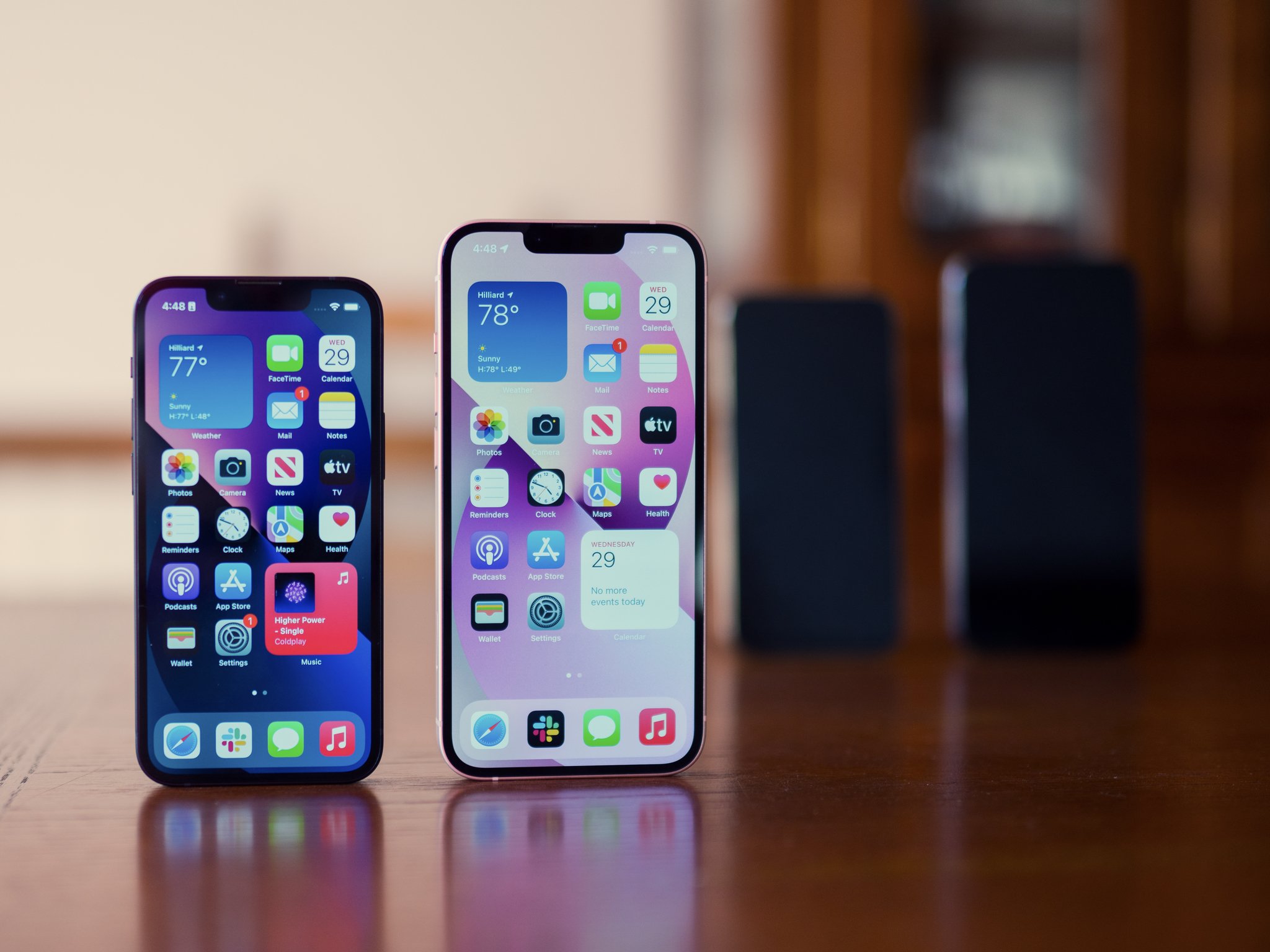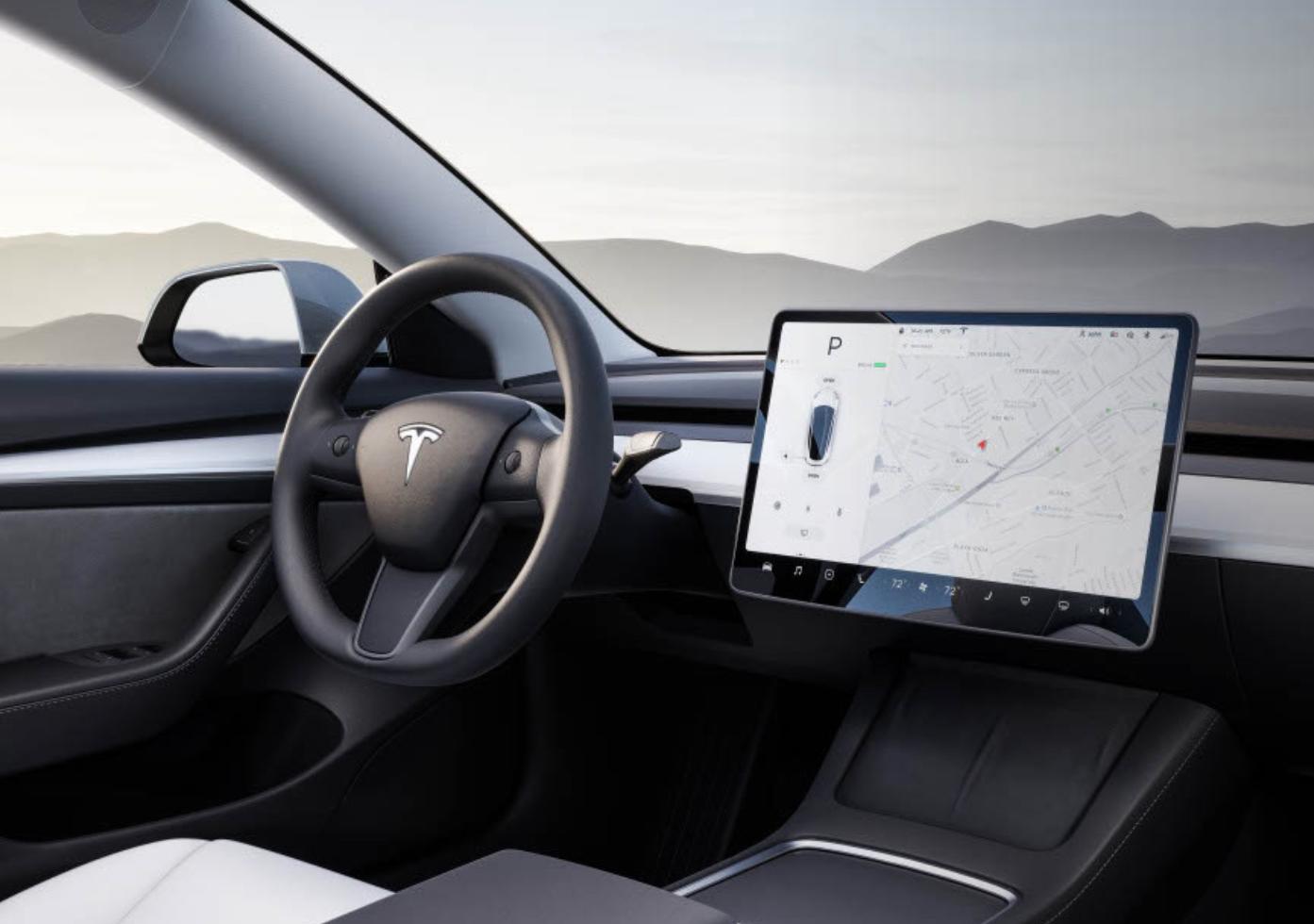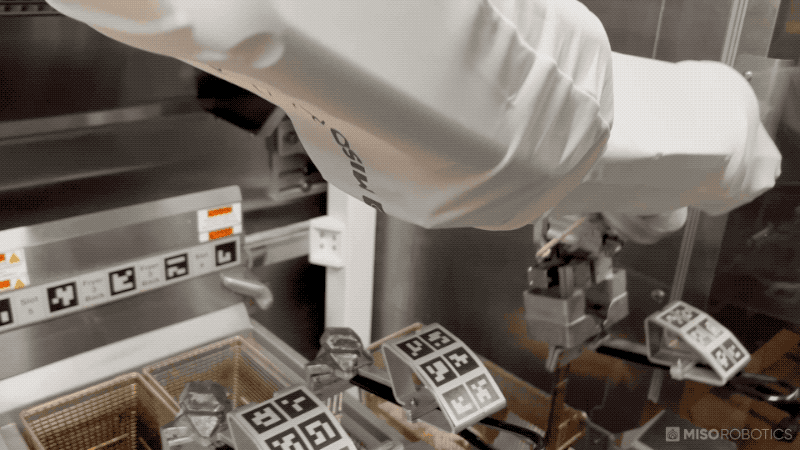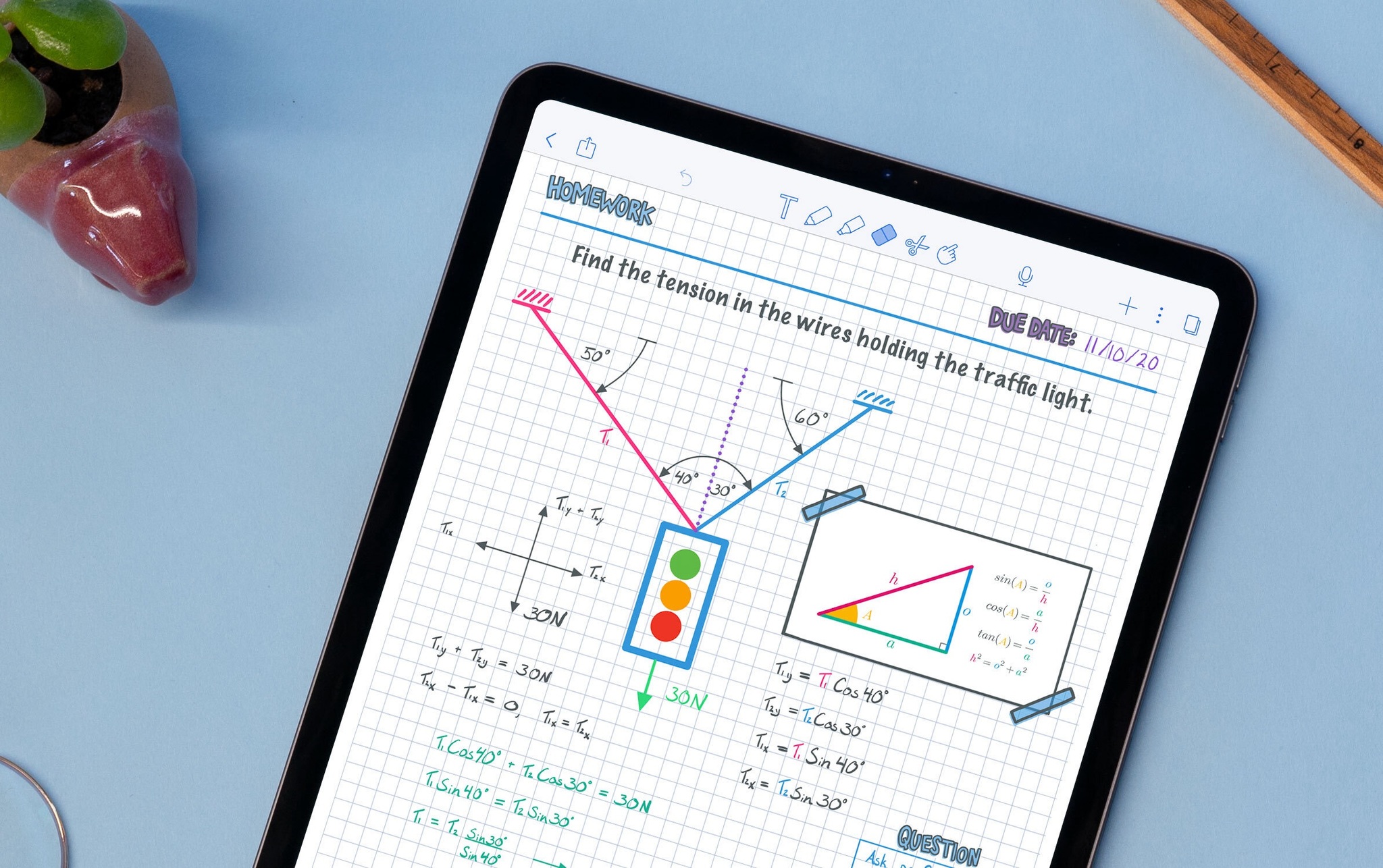Electric vehicle startup BasiGo has today announced the launch of its operations in Nairobi, bringing clean energy options to Kenya’s public transport industry, currently dominated by fossil-fuel buses.
The startup plans to sell locally assembled electric buses using parts from China’s EV maker BYD Automotive, the company said while announcing it had raised $1 million in pre-seed funding. BasiGo also disclosed that its buses will come in 25 and 36-seater capacities, with a range of about 250 kilometers, which it says is enough to cover daily round trips.
The company is planning to enter other markets within the East Africa region after establishing ground in Kenya. BasiGo is backed by a number of investors including Climate Capital, a Silicon Valley venture capital firm, and Third Derivative, an accelerator focused on climate-technology
“For years, diesel-powered buses have been the only viable solution for bus operators in Kenya. We are excited to provide public transport operators with a new option: state-of-the-art electric buses that are more affordable, and reliable, and reduce bus operator exposure to the rising costs of diesel fuel,” said BasiGo CEO and co-founder Jit Bhattacharya.
Owing to the high initial acquisition costs, BasiGo plans to introduce a financing model that will allow its customers to purchase its EV buses at the price of their diesel equivalents, while offsetting the balance through usage-based subscription fees. BasiGo says that they will begin the pilot program after the arrival of the first bus later in the year.
“The cost of electric bus technology has come down dramatically over the last 10 years, to the point where electric buses can offer significant savings compared to fossil-fuel buses. Our goal is to help bus owners in Kenya realize these savings, and in the process, help Kenya become a global leader in sustainable public transport,” said Bhattacharya.
Bhattacharya is not new to the field of electric vehicles, having been a technology leader in rechargeable (lithium-ion) batteries for more than 12 years. Over the course of his career, he worked as the CEO of Mission Motors in Silicon Valley and was also a senior manager at Project Titan — the secret electric car project by Apple Inc. More recently, he served as the chief technology officer of Fenix International, an off-grid solar home system company acquired by the French multinational electric utility company ENGIE in 2018.
BasiGo’s other founder, Jonathan Green, has over the past 15 years helped companies deliver renewable energy technologies to users in Africa. More recently, he held the role of strategy and operations director at Fenix International, where he led the delivery of more than 500,000 pay as you use solar systems to customers across six markets in Africa.
The company’s plan to launch electric buses in Kenya comes in the wake of increasing bids for the adoption of clean energy in public transport. On-demand taxi companies like Bolt and Uber have already introduced electric vehicle options as they slowly move away from vehicles using fossil fuels, which are increasingly linked to air pollution.
A real-time project by IQAir, a Swiss-based air quality technology company, shows that vehicles and motorcycles are the main contributors to air pollution in Nairobi. According to IQAir, PM2.5 concentration (fine inhalable matter) in Nairobi air is currently 1.3 times higher than the WHO annual air quality guideline value.
In general the WHO estimates that air pollution causes the deaths of at least 18,000 Kenyans every year, with other researchers confirming that a transition to electric vehicles could help alleviate the situation across Africa.
The SSA Nature Sustainability report says that a switch to electric power offers countries in sub-Saharan Africa a range of gains, including affordable transport and a reduction in emissions, with fossil-fuel vehicles contributing 12% of the region’s total emissions.
And while the opportunities for electric mobility remain huge, a majority of African countries lack the necessary infrastructure to support its adoption. A lack of recharging infrastructure, low grid power connectivity and generally expensive e-vehicles remain hindrances to the adoption of electric transportation options in many African countries according to a UNEP report.
BasiGo’s COO, Alex Mwaura, said they will tap the country’s renewable energy resource to fuel public transportation.
“Kenya is unique in that we have a surplus of renewable energy which can be taken advantage of by the public transport sector to make it more sustainable going forward. Nairobi’s transportation sector is evolving rapidly, and we look forward to partnering with the government and relevant agencies to grow the infrastructure for electrified public transit.”
Also working to bridge the infrastructure gap are electric vehicle maker Opibus and NopeaRide — Kenya’s first fully electric taxi company — which are both setting up charging hubs across Nairobi.
Opibus is the first company in Kenya to commercially future-proof diesel and gasoline vehicles by converting them to electric. The company’s conversions are popular with tour firms, which prefer them owing to their silent nature during safaris.
NopeaRide recently received funding from EEP Africa, a financing facility for early-stage clean energy in Southern and East Africa, to build more solar charging hubs in Nairobi, making it possible for the company to increase its service radius.
Other emerging EV companies in Kenya include electric motorcycle manufacturer Kiri Electric, and Drive Electric, which leases electric vehicles and provides charging station installation and e-mobility consultancy.
EV startup BasiGo debuts in Nairobi after $1 million pre-seed funding posted first on
http://bestpricesmartphones.blogspot.com





